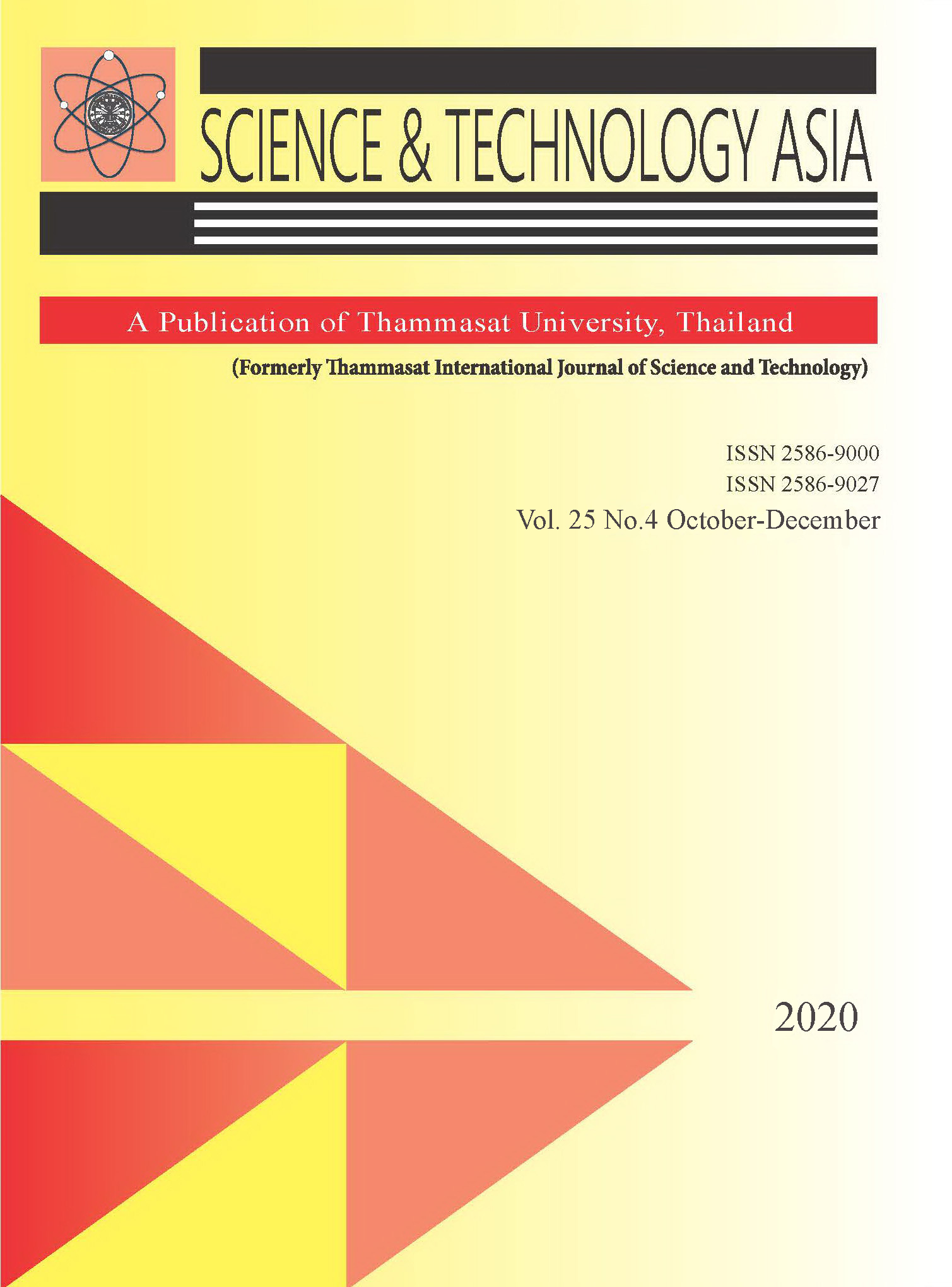Data Prediction and Forecasting Techniques Based Energy Efficient Cloud-integrated Sensor Network
Main Article Content
Abstract
An Energy-efficient Sensor cloud is a challenging task due to the limited life span battery of the sensor and massive consumption of power at the data center. An energy-efficient cloud-integrated sensor network model is proposed using the combination of the artificial neural network (ANN) based prediction model with two activation functions and forecasting methods using Autoregressive Integrated Moving Average (ARIMA). The ANN model analyses the nonlinear components. After that, ARIMA examines the linear part utilizing the output of ANN and input data. The combination of ANN and ARIMA provides better results for modeling of nonlinear and linear patterns one by one using the separate models, and then merging the forecast to enhance the performance. In our model, we have first used the ANN model, having two activation functions, which predicts the temperature for a given hour with an accuracy of 94%. Then we used the results of ANN along with the previous real temperature as an input to the ARIMA forecasting model. In traditional approaches, all the user’s requests must redirect to the sensor network, which consumes more energy as the requests of the users are very frequent. In our approach, the sensor communicates with the cloud every 5 hours. Most of the user’s requests replied at the cloud system itself by using the combination of prediction using a neural network model having two activation functions and the forecasting method with an accuracy of 98%, which results in less communication and more battery life of the sensor. The proposed method consumes less energy as compared to the traditional techniques for the sensor cloud environment as per our simulation.


